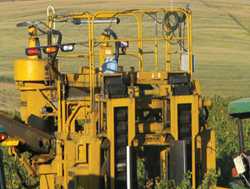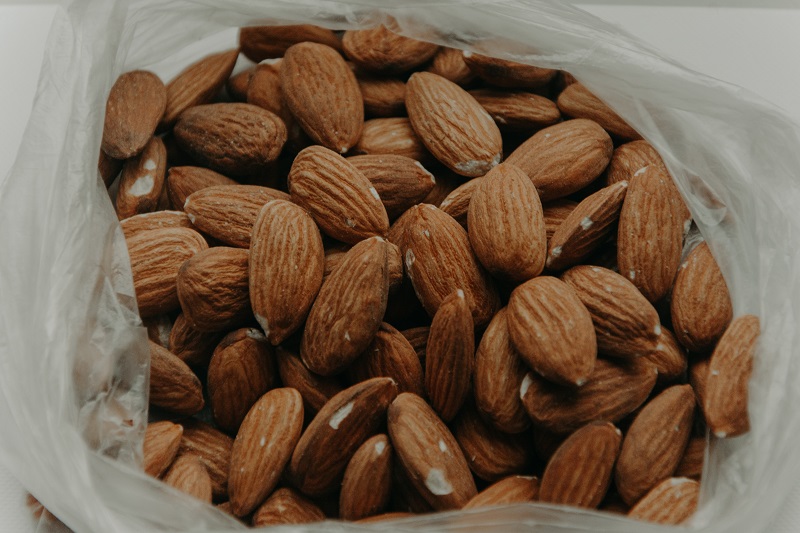Using Precision Ag To Harvest Premium Winegrapes

They soon learned that by mapping out high-vigor and low-vigor areas, they could change their management practices to improve uniformity. (See “Many Benefits.”) But they also realized they could put those differences to use. Through differential harvesting, they could make different wines from the same vineyard. “We have pulled higher tier wines out of lower tier blocks,” says Smithyman. “That’s where the biggest benefit is.”
The differences were definitely noticeable, as the heavier canopies generally produced bigger berries in tighter clusters with thinner skins. They started evaluating the wines with tasting panels, and the tasters could easily differentiate the wines from those produced from the areas with lighter canopies, which typically had smaller berries with thicker skins. “The heavier vigor produced wines that were generally more vegetative,” she says, “and that’s generally not preferred in reds.”
Keeping Options Open
However, Smithyman emphasizes that differential harvesting is not about just picking grapes to produce ultra-premium wines out of vineyards that previously produced ordinary table wines. It’s about giving the winemakers choices. “It’s not just a matter of picking out the best fruit,” she says. “Sure, you sometimes hit a home run, but it’s more about keeping them separate for a variety of blending options, about giving winemakers more of a palette of flavors to work with.”
“In those first few years differential harvesting was pretty difficult,” says Smithyman. The borders of the vigor zones were flagged and maps were distributed to the hand harvest crews. “This was time consuming, expensive, and very often created confusion during harvest,” she says.
Differential machine harvesting in those days also proved to be inefficient, as harvesting was often done at night and required the harvest personnel to locate zone changes from atop the harvester. To make it easier, they moved the divisions between the vigor zones to harvest full rows, but that reduced the accuracy of the zonal harvest. It partially defeated the purpose, though even with that system four of five tasters were able to taste the difference in zones in 2005.
Utilizing GPS
In 2006, they developed an efficient method to mechanically harvest different vigor zones in large vineyards, and it has proved successful to the point that they went from differentially harvesting 20 acres that year to about 500 this year. The new system involved the coordination of the NDVI maps — as well as field observations, or “ground-truthing” — with a global positioning system (GPS).
In the current system, which is continually evolving, says Smithyman, the harvester has a series of lights that are controlled by a handheld computer with a GPS card. The NDVI maps are loaded into the computer, which turns colored lights on and off based on its location within the vineyard. The system does not require a technical expert, because the light’s color indicates what the crew should do. A red light signals high vigor, while a white light identifies low vigor areas, and amber alerts the crew to a zone change. Gondola drivers are designated a signal light to watch for, so the fruit from a particular vigor zone is kept separate.
Ste. Michelle winemakers are so pleased with having the option to differentially harvest the grapes that this year the pilot flew 90% of their acreage for mapping, though Smithyman says that’s partly due to economy of scale. “A lot of the cost is getting the plane up there,” she says, “so if you’re going to look at one block you might as well look at all of them — or almost all.”
In the video below, Jenn Smithyman, precision ag specialist at Ste. Michelle Wine Estates, describes differential harvesting.









